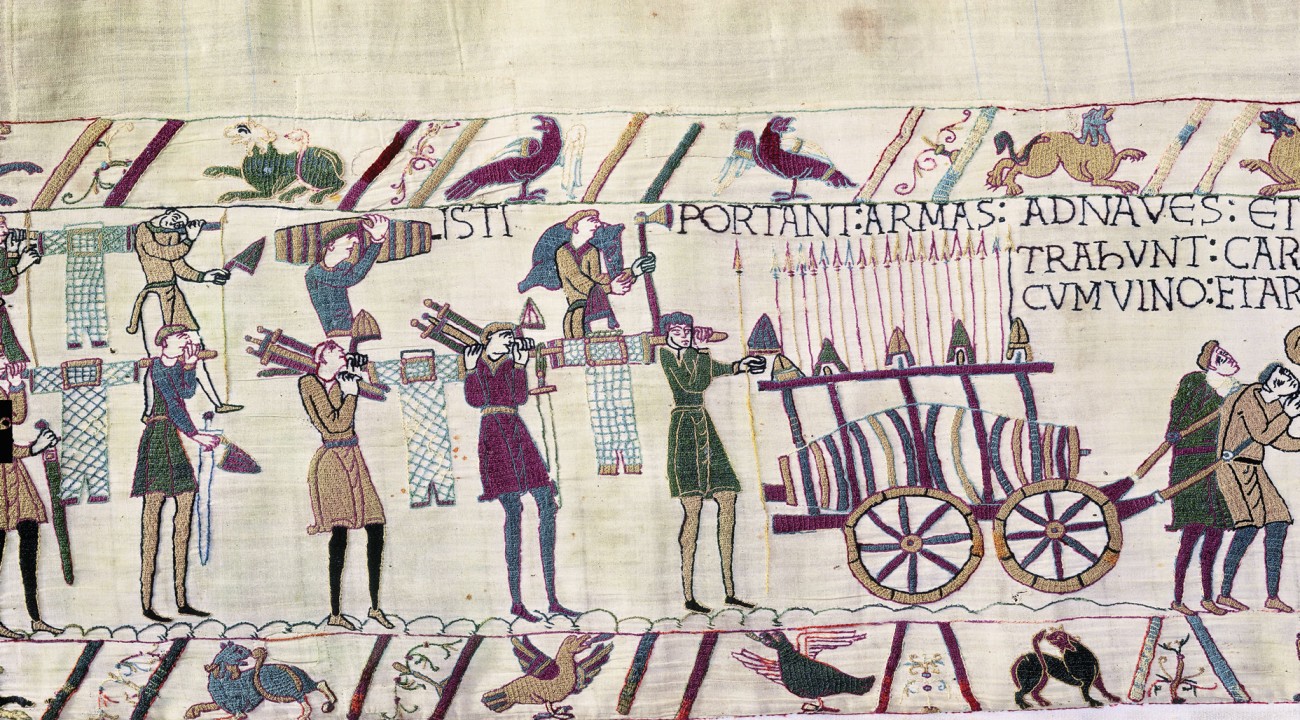
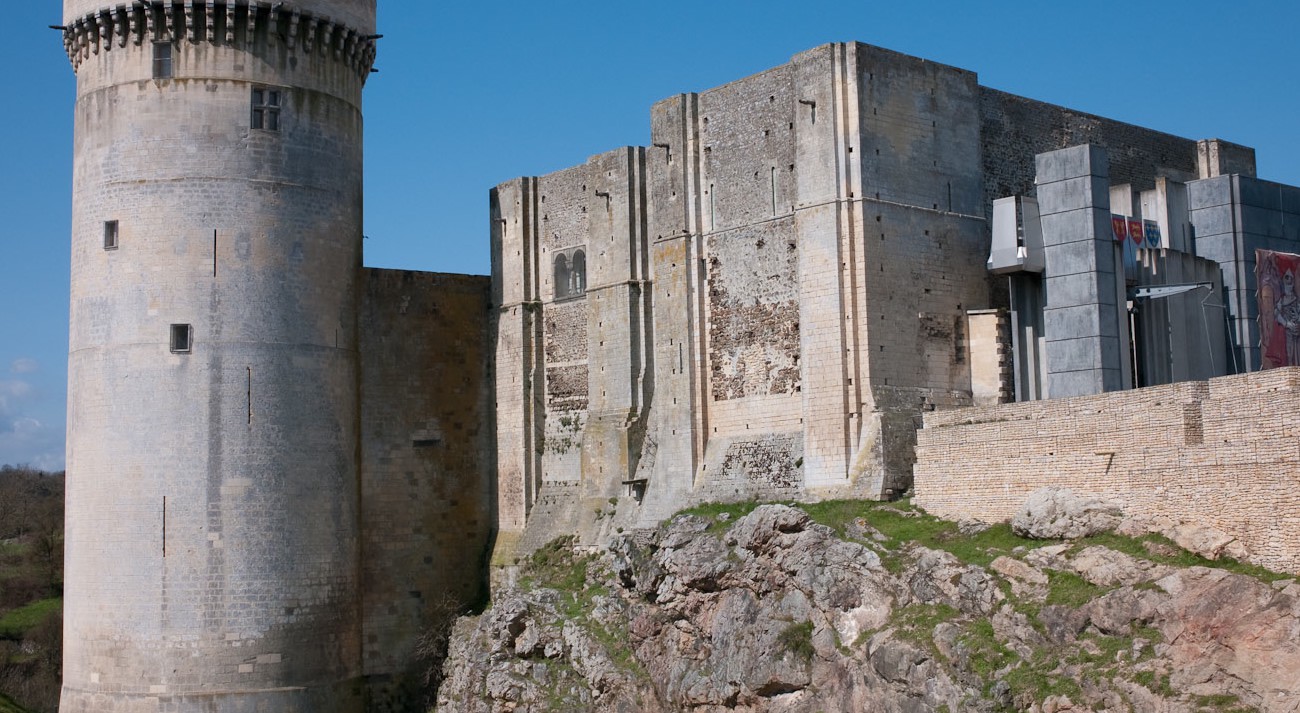
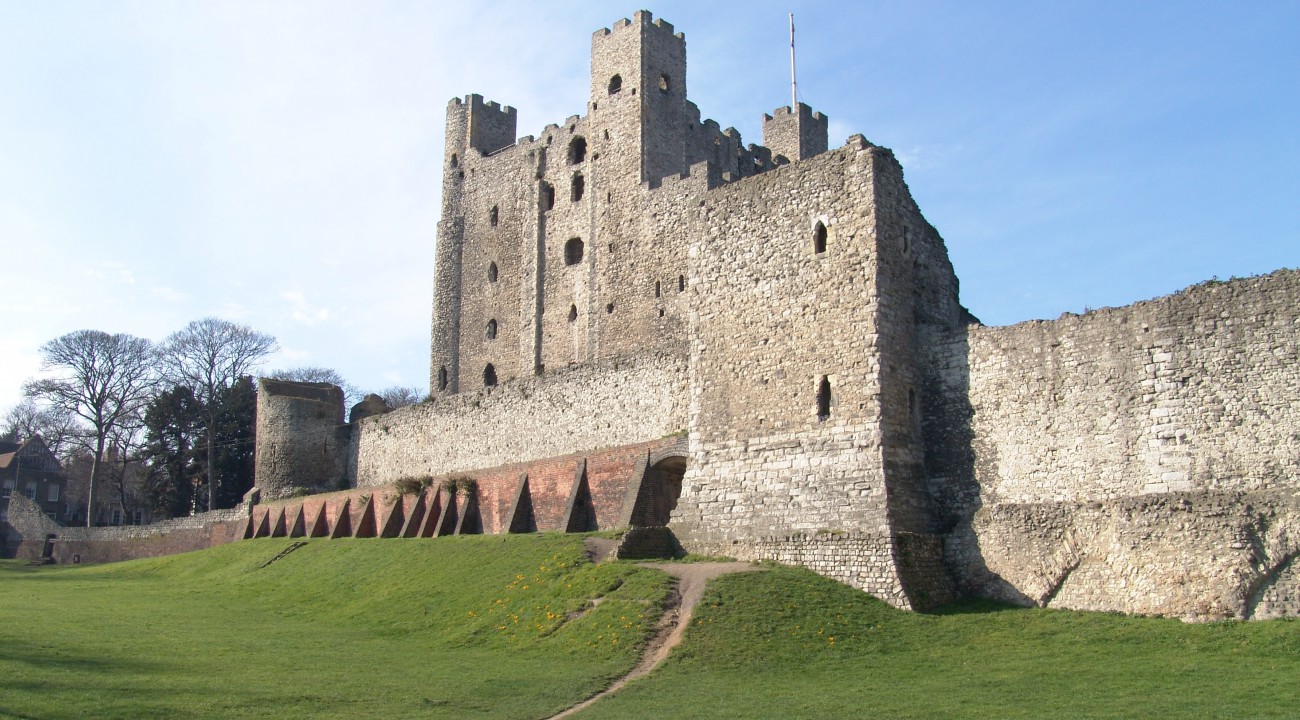
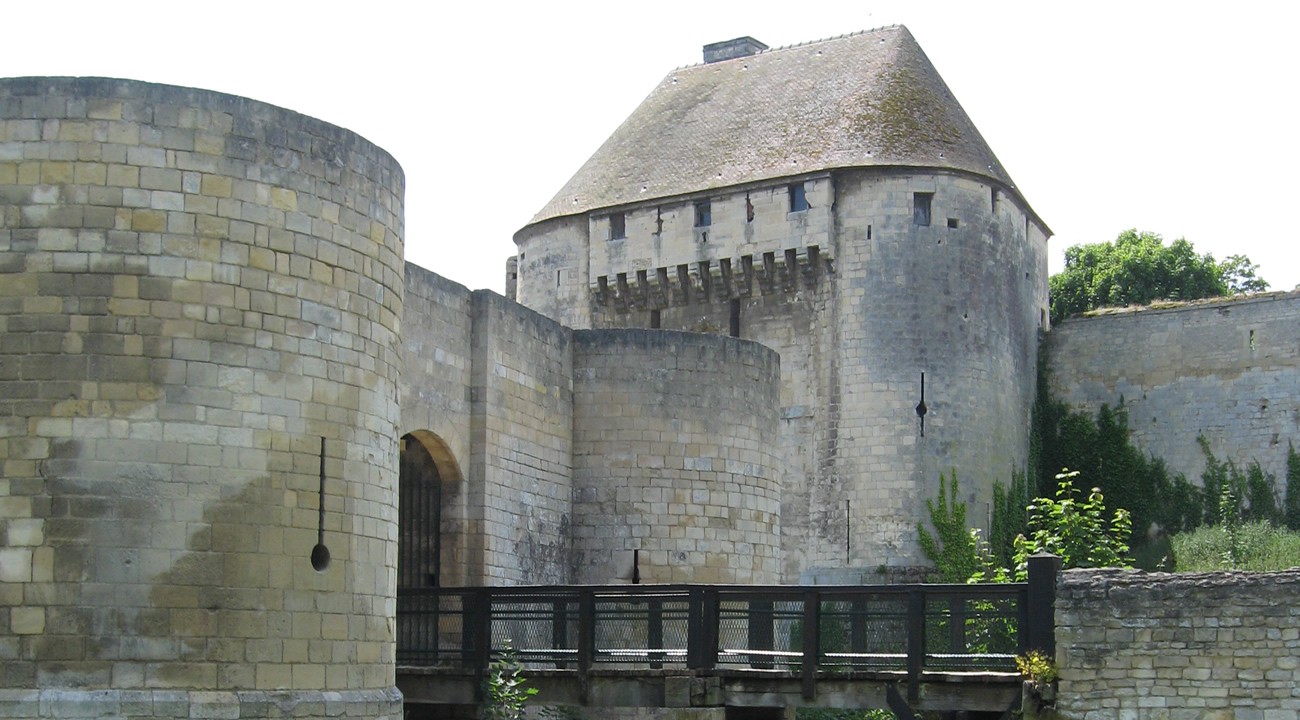
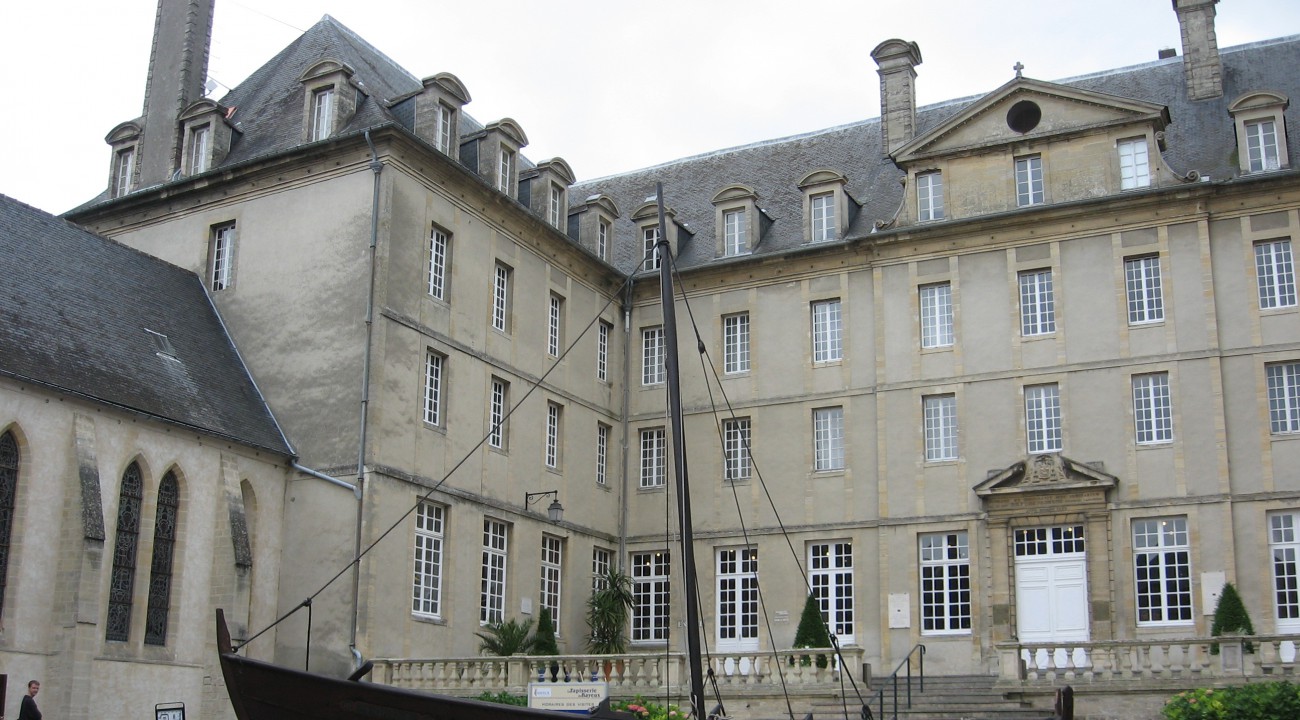
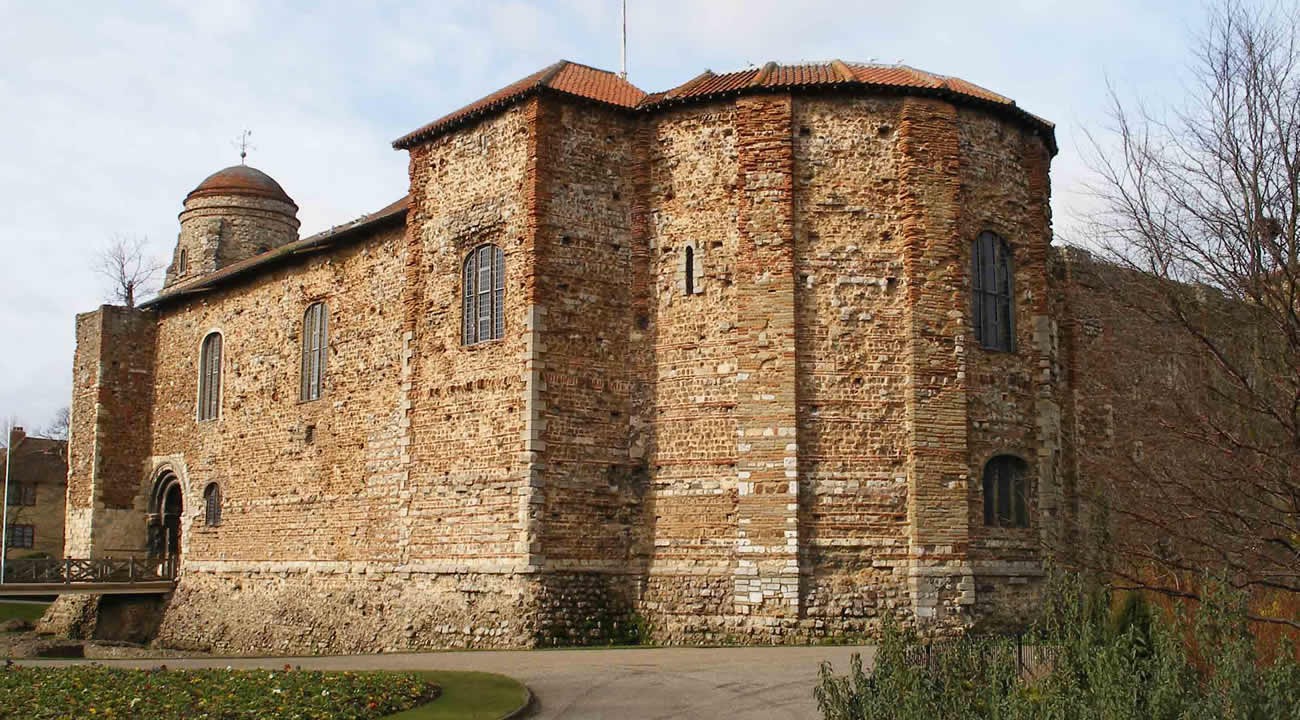
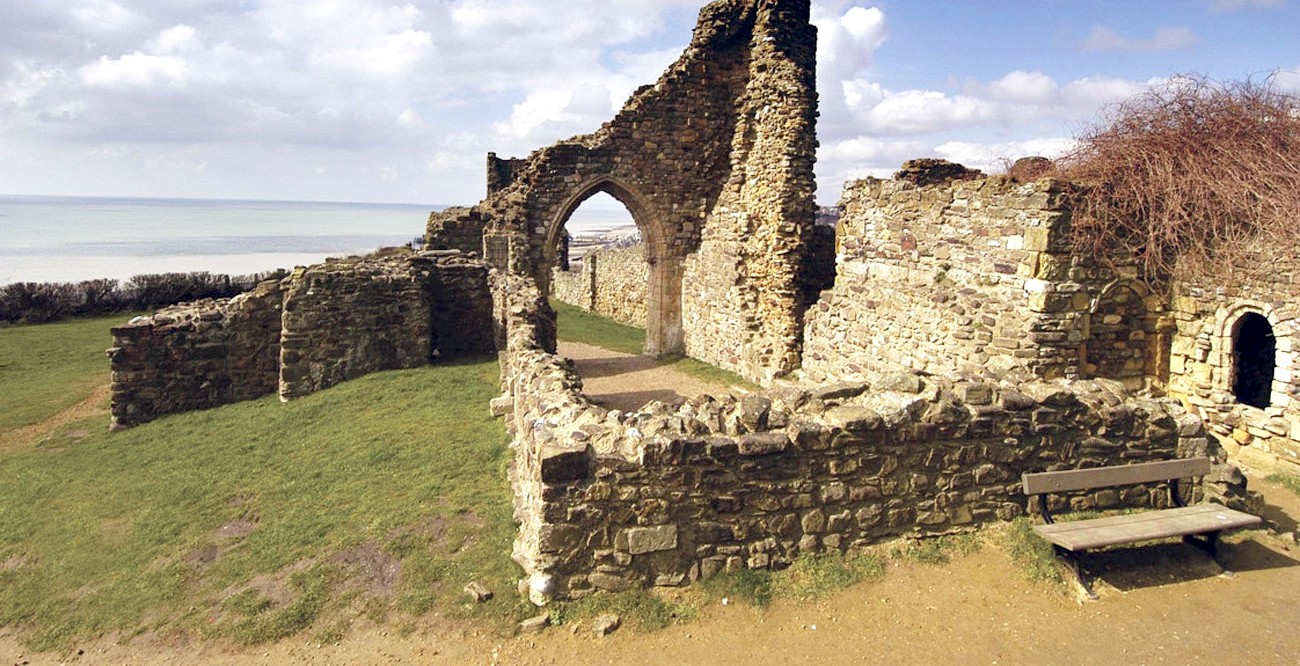
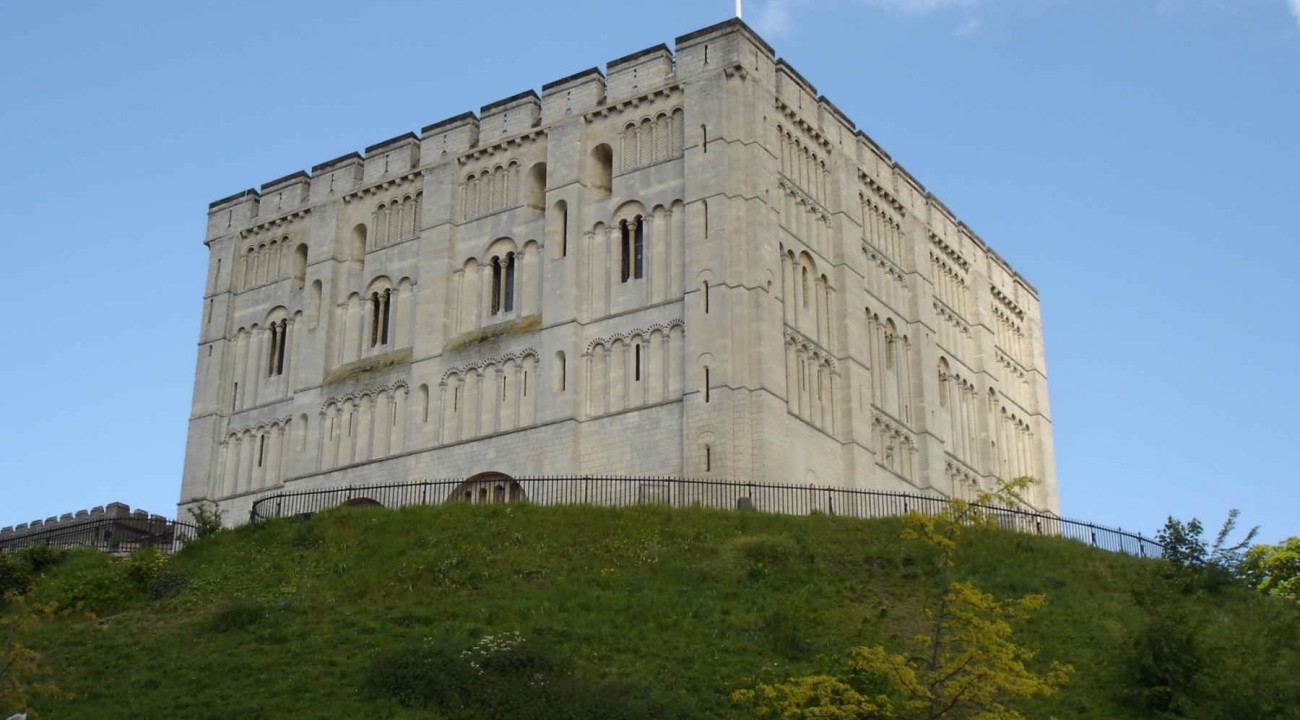
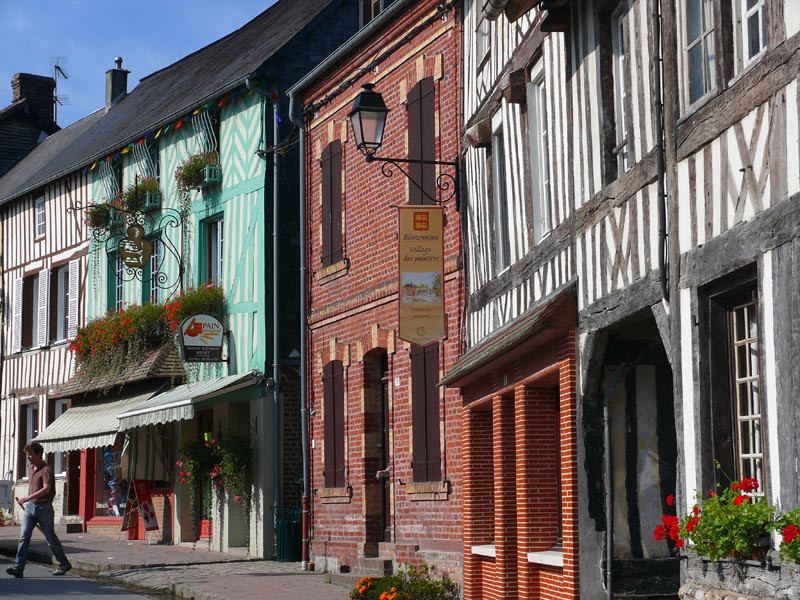
- Introduction
- Timeline
- Gallery
- Historical Background
- Site Plans
- 3D Reconstruction
Source: J Ashbee, Rochester Castle, English Heritage Guidebook (London, 2013).
It was almost certainly William I (r.1066-87) who built the first castle at Rochester, after his conquest of 1066, to protect this crossing point of the River Medway. Largely a structure of timber and earthworks, the castle’s defensive walls were constructed on the site of part of the city’s Roman defences.
At William’s death, ownership passed to his son, William II (or William Rufus, r.1087-1100), who had to defend the castle during violent conflict with his rebellious uncle, Bishop Odo of Bayeux, and supporter of Robert, William II’s brother. Odo temporarily took control of the castle, building two wooden ‘siege castles’, before surrendering his garrison and being banished abroad.
Damage sustained during the siege led William II to strengthen the castle, commissioning Gundulf, Bishop of Rochester, to rebuild the castle walls in stone, at a time when he was already building Rochester’s new cathedral church. The collaboration between the Crown and Church continued when, in 1127, Henry I (r.1100-35) entrusted custody of the castle in perpetuity to the archbishops of Canterbury, a condition of which was to build a fortification within the castle walls. The then archbishop, William de Corbeil, constructed a tower – the present keep – which was probably almost complete at his death in 1136. Chronicled at the time as ‘noble’ and ‘outstanding’, it remains remarkable for its slenderness and height, and is thought to have been the tallest building of its type in Europe.
Although entrusted to the archbishops of Canterbury, the castle remained a royal stronghold through the 12th century. The castle was, on occasions, a source of friction between the king and the archbishop, as during the period in which Henry II (r.1154-89) saw his relationship with Thomas Becket deteriorate. But the most serious conflict came during the reign of King John (r.1199-1216) and would escalate into one of the most famous castle sieges in English history. In the summer 1215, Rebel Baron held the castle in order to protect London (in rebels hands) from the King. On 25 November John requested urgently 40 pigs and burnt their fat so as to bring down the corner turret and large parts of the east and south walls on either side. The rebels retreated to the northern half of the keep and were able to hold the castle several days longer.
Henry III repaired the curtain walls although only from 1226 is there evidence for repairs to the keep. Grey-green Reigate stone was used instead of the original golden Caen stone, Norman’s round arches were copied and mouldings were plainer. The new South-east turret was circular while the tower in the same corner was round in an attempt to avoid vulnerable corners that could be undermined and to follow contemporary fashion. In 1239 the king ordered that the chapel be whitewashed and in 1244 an additional chapel was built next to king’s new chambers.
In 1264 Simon de Montfort captured Rochester from its royalist garrison leading to the third siege of Rochester. On Good Friday, April 18, he attacked the castle using the cathedral and priory as his headquarters, broke into the bailey the next day and bombarded the tower and undermined the walls the following Monday.
Since then, residential buildings in the bailey were never rebuilt. Building materials from the decaying castle were stolen and in 1281 Henry’s son Edward (r. 1272-1307) ordered to pull down the hall and the chambers so as to reuse their materials elsewhere.
As the 14th century progressed, the castle steadily declined and was used for the custody of prisoners. By 1369, the only buildings reported left standing were the keep, the “first and second gates”, and a hall, kitchen and stable. In the summer 1381 the castle was attacked and taken for the last time in the Peasant’s Revolt against King Richard II (r. 1377-99).
Almost nothing is known of the castle in the 15th century, with “farmers and tenants” renting part of the bailey as well as part of the outer bailey and the castle ditch. In 1559 and 1600, Elisabeth I licensed the removal of stones and brick from the castle walls for a new artillery fort at Upnor. By the mid-1660s the keep had lost its roof and floors, before being drawn in 1670 by the artist Francis Place with decaying battlements, large cracks and vegetation.
During the 18th and the 19th centuries Rochester Castle continued to decay, except for the two rectangular towers of the east wall to which timber-framed cottages and outbuildings had been added.
In 1884 the Corporation of Rochester opened the castle grounds as a park and a tourist attraction, which led to the destruction of some historic features such as the main gatehouse or the remains of Richard II’s 1370s tower.
From 1896 to 1904 several buildings in the castle were repaired such as the keep, the mural galleries, wall tops, battlement and corner turrets. The basement was excavated to the present level.
The European Union, investing in your future

 Fonds Européen De Développement Régional
Fonds Européen De Développement RégionalL’Union Européenne investit dans votre avenir
INTERREG IV A France (Channel) – England, co-funded by the ERDF.








 Email a friend
Email a friend  Print this page
Print this page 